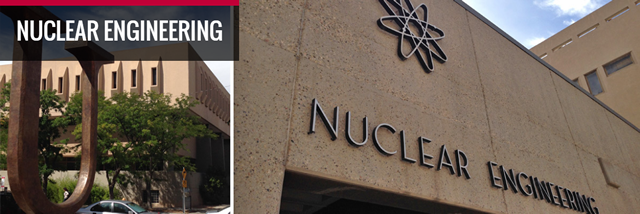
Nuclear Engineering ETDs
Publication Date
Spring 5-12-2018
Abstract
Fluoride Salt-cooled High-temperature Reactors (FHRs) are an attractive fourth generation reactor concept. Like other fourth generation concept designs, FHRs offer characteristics such as a high-temperature low-pressure molten salt coolant allowing the reactor to be combined with a high-temperature high-efficiency power generation cycle such as an air-Brayton or supercritical carbon dioxide (SCO2). \par
Like most Gen IV reactor concepts, there are a few problems which need to be addressed with the design before it can be licensed. One particular design is the Mark 1 pebble bed FHR, a design put out by the University of California Berkeley. Two problems that need to be addressed are due to characteristics of the choice of molten salt. The main choice is a mixture of lithium fluoride and beryllium fluoride (flibe). This work attempts to analyze the heat transfer performance of a double wall twisted tube heat exchanger which could play a part in the solution to these problems.
Particularly, the focus of the work attempts to understand the performance of a three fluid, parallel stream heat exchanger with two thermal communications with an emphasis on understanding the effect the intermediate fluid and it's flow rate has on the overall effectiveness of the heat exchanger.
Keywords
Double-Wall, FHR, Twisted Tube
Document Type
Thesis
Language
English
Degree Name
Nuclear Engineering
Level of Degree
Masters
Department Name
Nuclear Engineering
First Committee Member (Chair)
Dr. Edward Blandford
Second Committee Member
Dr. Amir Ali
Third Committee Member
Dr. Youho Lee
Recommended Citation
Wallace, Bryan M.. "Analysis of Double-Wall and Twisted-Tube Heat Exchanger Concepts for use in Fluoride Salt-Cooled High-Temperature Reactors." (2018). https://digitalrepository.unm.edu/ne_etds/93


